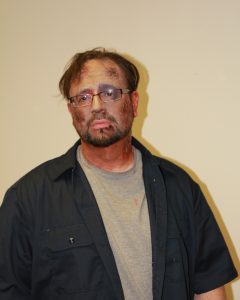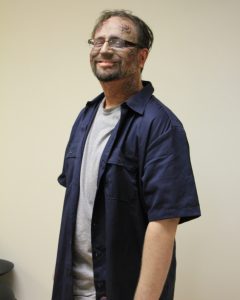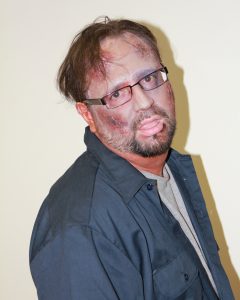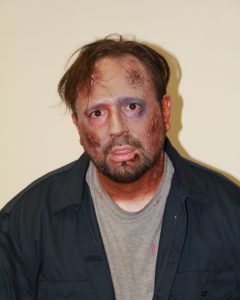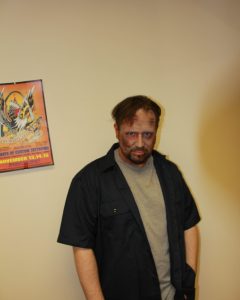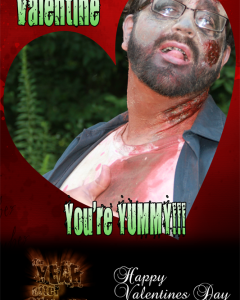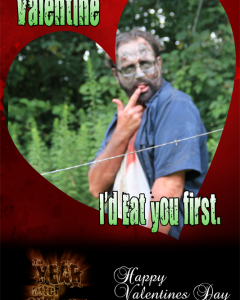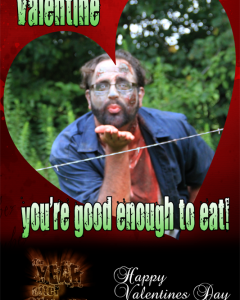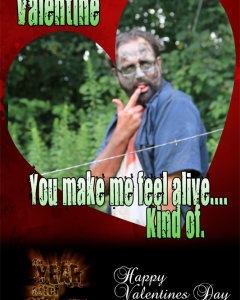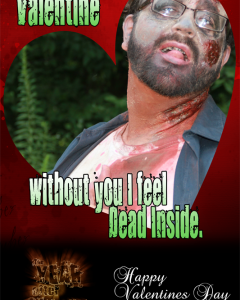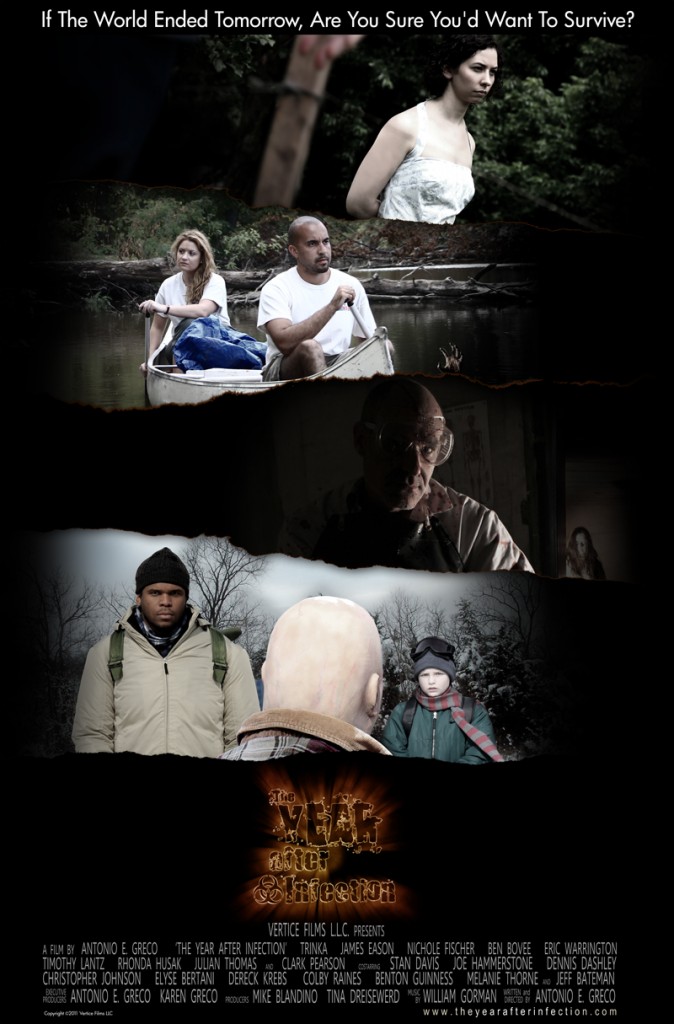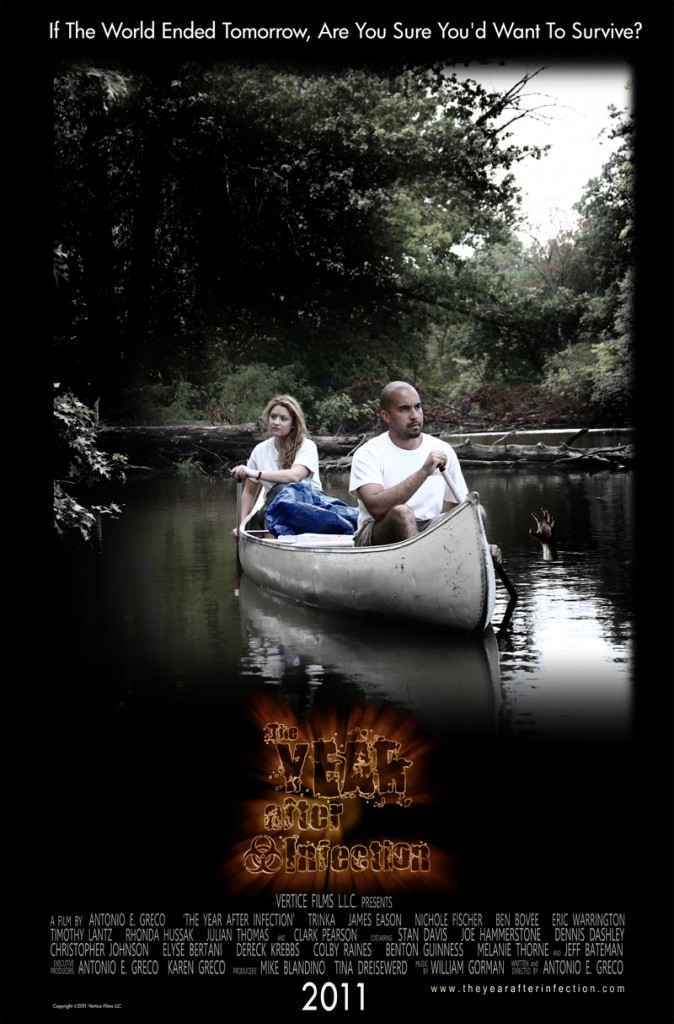Lesson #2
Don’t Fall in Love With What You’re Creating
Now that might sound like a complete contradiction to Lesson #1, but it’s not .
There have been a lot of hard lessons in this one as of late. So what do I mean by “don’t fall in love with what you’re creating”?
No matter how good the shot, no matter how phenomenal the performance, no matter how perfect the sound, and lighting are, know when to leave it on the editing room floor.
This applies not only in editing, but during shooting. Even if you think you got it absolutely perfect in the first take, trust me, you probably didn’t. Shoot it again, and again if necessary. I can’t begin to tell you how many times during the course of this project that what I thought absolutely positively for sure was going to be THE shot wasn’t. Days or weeks or months later when you’re editing, you’ll get to see it the way an audience will see it. When you sit down to edit, make sure you have choices, and even more importantly, know when a shot is flawed, no matter how good it seemed when you were there shooting it. A very minor seeming error when you’re shooting will stand out like crazy when you’re putting it all together.
There are plenty of these golden moments that were captured on film throughout the course of the production, but you can never, ever allow yourself the luxury of forgetting what you’re there to accomplish. At the end of the day, it’s about telling a story, and it’s about being succinct. When you’re editing it all together, you are never allowed to get indulgent. Do so at your own peril, because the audience will not be forgiving.
If there’s one lesson that is absolutely impossible to know if you learned, it’s this one. There are plenty of films both big and small that are guilty of committing this crime. Films that started off with a great script and a great cast, and fell apart during final assembly. I could cite numerous examples, but I won’t bother. Everyone has a list of films they kind of liked, but seemed to drag on, or took forever to get to the point.
If you’re viewing your rough cut, and it feels sluggish or off paced, then you’re guilty of this. You have to be able to cut a scene down to it’s absolute essence.
Now each scene should be there for a reason, and sometimes slowing down to take a breath or really explore a moment is vital. Know when to stop cutting, and know when to not cut.
Each scene demands different sensibilities, and getting a passing grade on one doesn’t mean you’ll get a passing grade on the next. The directing doesn’t end on the last day of filming. Picking the right take is just as important as getting the right take.
And after all that hard work, the only thing left to hope is when you sit down and watch the whole thing together it works.
